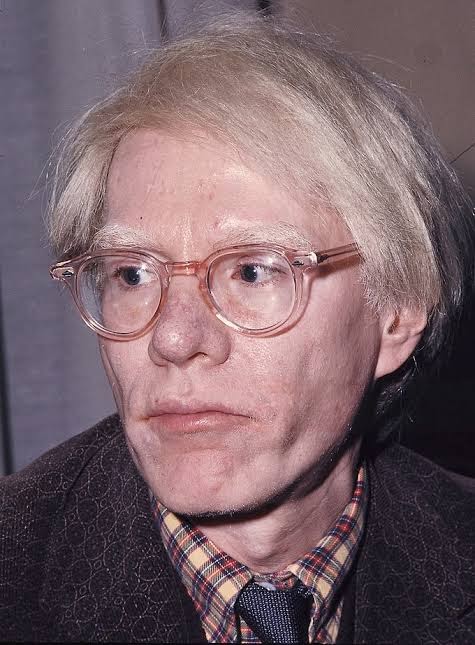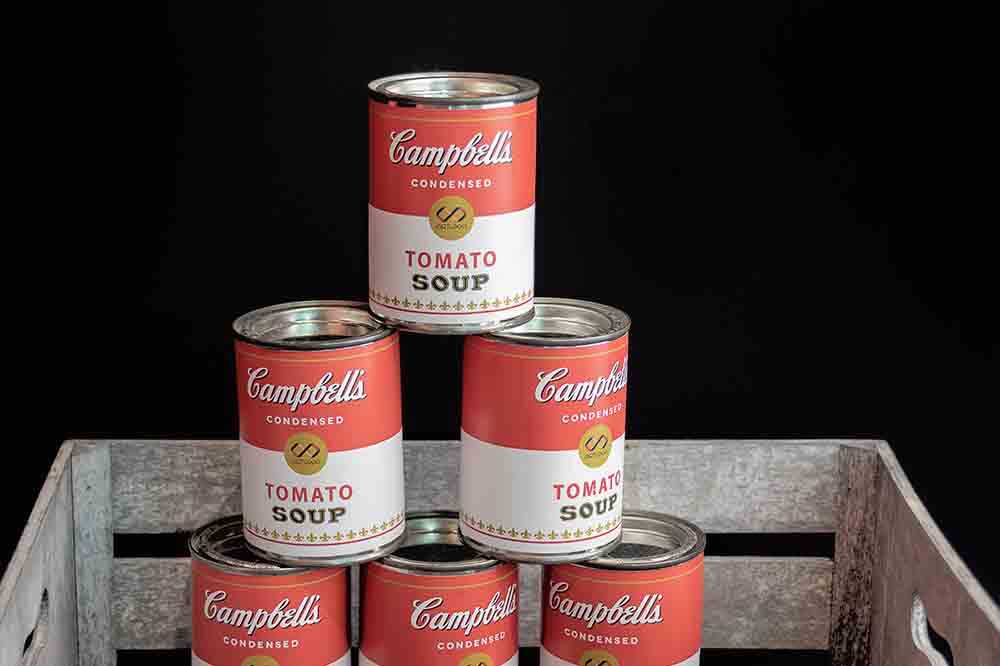If you’re even slightly acquainted with the history of Art, specifically Pop Art, you’ve most likely heard Andy Warhol’s name before. Climbing out of poverty and illness in Pittsburgh, this child of Eastern European immigrants grew up to become one of the biggest names in the 1960’s art scene in the United States. Prior to his success in the art galleries as a figurehead of the Pop art movement, Andy Warhol had already achieved commercial fame and success as an illustrator in New York City.

What Were Warhol’s Influences?

Marcel Duchamp was a great inspiration to the young Andy Warhol. Several years before they even met, Warhol was collecting artwork by Duchamp. The artist traded 3 of his paintings to get a copy of Duchamp’s Fountain and was also heavily inspired by his readymade series where everyday items were represented as art. Another major inspiration to Warhol was his own mother, Julia Warhola, who encouraged his art and helped him through his health problems. Julia was a good artist in her own right, and her eccentric line art style can be spotted in a lot of the artwork created by her son.

Andy Warhol‘s Impact On Art
Warhol is a name pretty much synonymous with Pop Art. Warhol took familiar imagery from mass media, whether they be products or celebrities, and put them forward in a new light. In this way, he inspired several artists such as Deborah Kass, Thomas Hirschhorn, Maurizio Cattelan, and many others, demonstrating his long-lasting impact as an iconic artist.

Andy Warhol‘s Impact On Music
Warhol’s influence on the music scene of the ’60s cannot be undermined. Big names such as the Velvet Underground and Nico are deeply tied to Warhol. He created over 50 album covers that showed his evolution as an artist and his art was also a major inspiration to the emerging punk rock movement in New York. Warhol worked with important musicians such as John Lennon, The Rolling Stones, and Aretha Franklin to create gorgeous pop art albums.

Andy Warhol‘s Impact On Fashion
Warhol’s art didn’t just hang on gallery walls, it was worn on the body too. In the early ’60s, Warhol turned his art into fashion by printing his designs onto dresses, which he later began selling commercially. The most famous being the ‘Souper Dresses’ that had Campbell Soup cans printed on them. His prints were later featured on the fashion ramp with big names such as Versace, Castelbajac, Moschino, and Prada.
Andy Warhol’s Relevance Today
Andy Warhol has a great legacy that spans not just painting – but music, fashion, literature, and film. His style was unique and distinctive. One can spot a Warhol in any media with ease! He changed the direction of the art world by bringing into question its very purpose. With Warhol’s help, the line between what constituted high and low art was further blurred and art started to seem more accessible to the general masses.

Warhol transferred the media of photo-silkscreen painting, generally reserved for advertisements, onto creating art that commented on society in general. He is not only remembered for his colorful and unique art, but also what he revealed about mass culture and society.
Looking to explore more art genres? Head over to Joe Latimer.com for a multidisciplinary, visually stunning experience. ☮️❤️🎨
Enjoy this blog? Please help spread the word via:



2 Comments